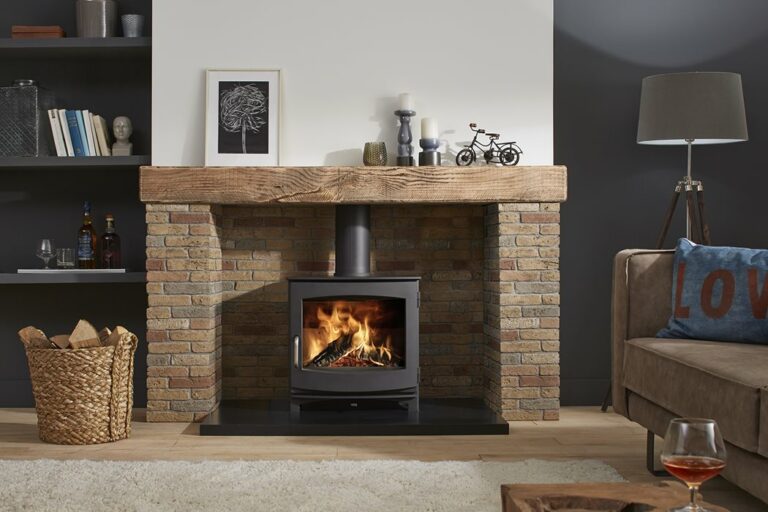
HUSP goes live
Over recent months, HETAS has been looking at the ways in which it can support its stakeholders further when identifying installations that may pose a significant risk to either the properties occupants or ongoing fire safety of the buildings structure and we are pleased to announce that HUSP has now gone live.
Calvin May, Technical Standards Manager at HETAS introduces the new HETAS Unsafe Situations Procedure (HUSP) to aid identification of risks with a re-commissioning checklist.
What is HUSP?
The HETAS warning label process is currently available to identify scenarios that pose an immediate risk, however there are certain circumstances whereby the installation does not follow the current Building Regulation guidelines or will pose a significant risk under continued use of the appliance that requires a further assessment and decision on what protocol to follow.
With this in mind, HETAS has gone on to develop an industry recognised “Unsafe Situations Procedure”, to formulate a new process in which to identify all areas of potential risk within an installation following UK Building Regulation guidelines and requirements of UK applicable standards.
The procedure will allow for the engineer to identify and take the appropriate action where required to negate the area of risk and appropriately report their findings to either relay to the consumer or evidence as a means of carrying out further remedial works. As with most assessments, the procedure works on the basis of using the engineer’s competence, experience and training to identify potentially hazardous scenarios, however provides effective tools in which to make judgement and evidence the reasoning behind these judgements, and to record with written consent from the consumer.
HUSP encourages an appropriate assessment to be made in all cases, and appropriate action to be taken defined against three classification categories:
- Assessed Risk Low – typically categorised as those installations that have installation techniques that fall outside the current scope of Building Regulation guidelines and relevant standards, however can be seen to have been working correctly without risk for a number of years.
- Assessed Risk High – installations that at the current time of assessment have been assessed and deemed to contain risk but not immediate risk. However continued use of the appliance over time will result in danger to the occupants and/or the property.
- Immediately Dangerous – as written within the current Warning Label process, a dangerous appliance or installation which poses an immediate danger to the occupant of the property at the time of assessment.
To aid installers further, the procedure provides some additional guidance of some of the more common installation scenarios, as well as a guided risk category score in which to make judgement against, and will be continually developed as new situations and innovation advances over time.

What does the assessment cover?
The assessment covers the 5 main areas of the Building Regulations J1 to J5, including ventilation, dispersion of products, CO activation and protection of building, as well as some of the caveats contained within BSI installation standards BS8303 and BS EN 15287-1. The assessment will also need to consider the characteristics of the property and whether any energy efficiency changes have been made over the years (improved insulation, cavity wall, and draught excluders), so communication with the consumer, visual checks and appropriate testing are essential to formulate the required point of action.
The assessment form available is a simplified reference point on what to look out for when at the property in compliance with Building Regulation guidelines, as well as the appropriate re-commissioning checks to carry out and signed declaration of the results. All installations would need to be left in safe circumstances through confirmation of the appropriate smoke test, flue draught extraction tests and spillage tests, all guidance of which to perform and carry out this testing is contained within the electronically supplied document.
Appropriate Action
HETAS will continue to make its warning label available, which can be attached to the appliance should any situations be found to contain risk of an immediate nature, advising the consumer not to operate the appliance further until required remedial works have been undertaken. The form will now contain details of the assessment undertaken, defects identified and outcomes in which to discuss with the consumer to ensure an understanding of what needs rectifying is discussed and agreed.
Further Information
Further information and supporting documentation as always can be found in the Technical Hub of the HETAS website, or call the HETAS technical helpline on 01684 278170 (please have your HETAS Registration number to hand).



